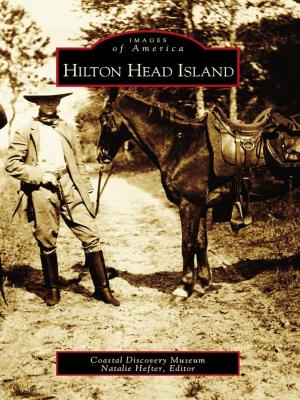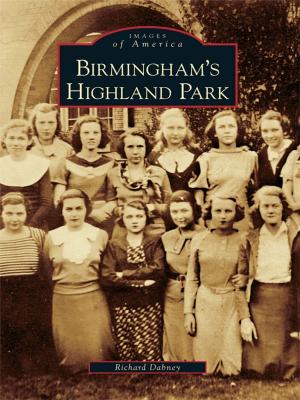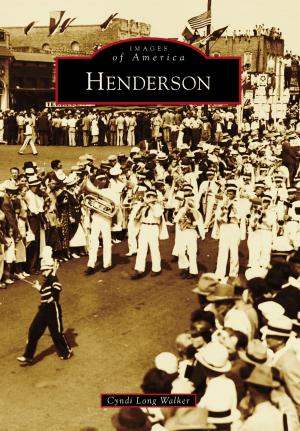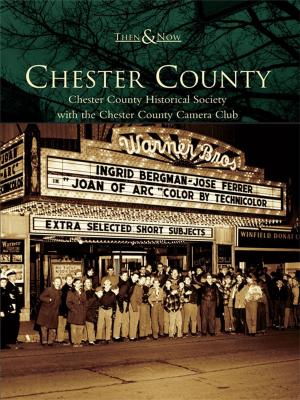| Author: | Anne M. Papina | ISBN: | 9781439636312 |
| Publisher: | Arcadia Publishing Inc. | Publication: | June 30, 2008 |
| Imprint: | Arcadia Publishing | Language: | English |
| Author: | Anne M. Papina |
| ISBN: | 9781439636312 |
| Publisher: | Arcadia Publishing Inc. |
| Publication: | June 30, 2008 |
| Imprint: | Arcadia Publishing |
| Language: | English |
Situated in the geographic center of Marin County, Nicasio was home to the Coast Miwok village of Echatamal and likely named for a Tamal Indian and alcalde, Guequistabal, who was baptized as Nicasio at Mission Dolores in 1802. As European settlers arrived, many established themselves as dairy ranchers and timbermen. Soon a town square began to take shape, complete with a merchandise store, a butcher shop, two saloons, a racetrack, a livery stable, a Catholic church, and a luxurious three-story hotel. These pioneers aspired to make Nicasio the county seat, a bid that was ultimately lost by a single vote in 1863. The land reserved for civic buildings was repurposed as a baseball diamond, which at one time hosted semipro games and continues to serve local little leaguers. The Rancho Nicasio now stands in place of the hotel, yet the town otherwise appears untarnished by time. Not surprisingly, a number of residents have roots tracing back to Nicasio�s founders, with newcomers drawn to its pastoral charm and a lifestyle in deep contrast to that of nearby San Francisco.
Situated in the geographic center of Marin County, Nicasio was home to the Coast Miwok village of Echatamal and likely named for a Tamal Indian and alcalde, Guequistabal, who was baptized as Nicasio at Mission Dolores in 1802. As European settlers arrived, many established themselves as dairy ranchers and timbermen. Soon a town square began to take shape, complete with a merchandise store, a butcher shop, two saloons, a racetrack, a livery stable, a Catholic church, and a luxurious three-story hotel. These pioneers aspired to make Nicasio the county seat, a bid that was ultimately lost by a single vote in 1863. The land reserved for civic buildings was repurposed as a baseball diamond, which at one time hosted semipro games and continues to serve local little leaguers. The Rancho Nicasio now stands in place of the hotel, yet the town otherwise appears untarnished by time. Not surprisingly, a number of residents have roots tracing back to Nicasio�s founders, with newcomers drawn to its pastoral charm and a lifestyle in deep contrast to that of nearby San Francisco.















